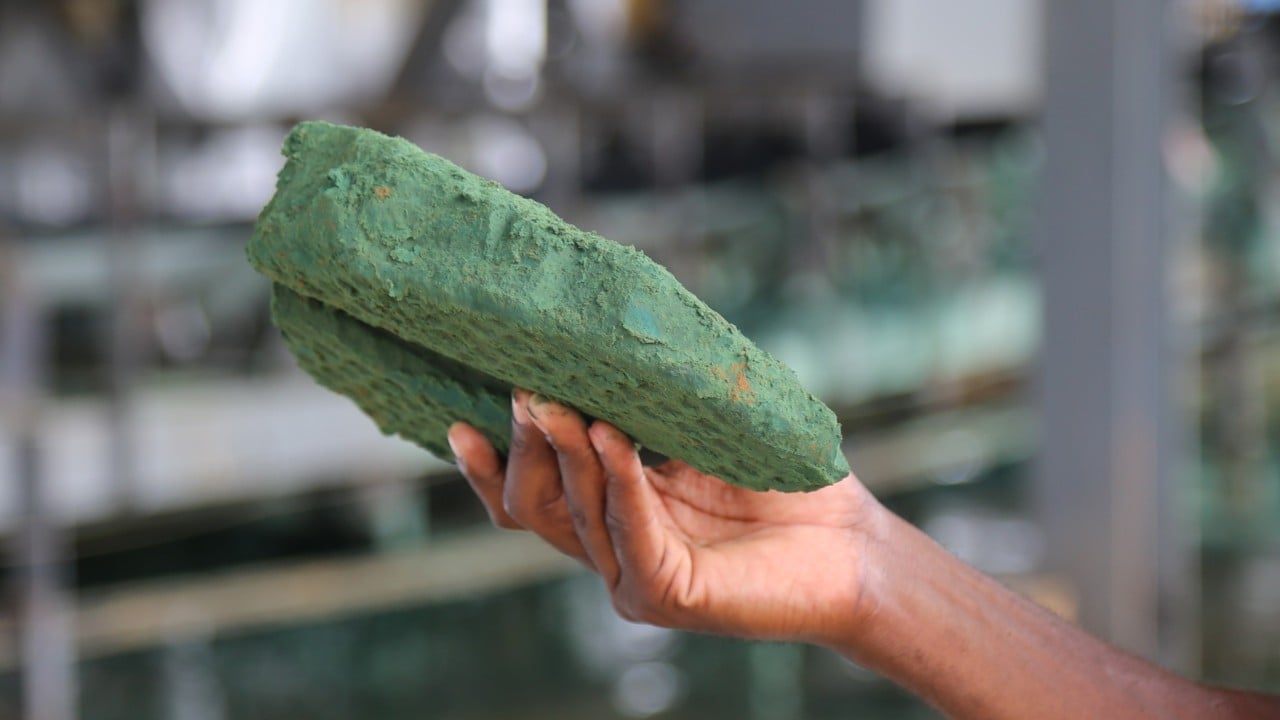Eyeing a potential cobalt windfall on Sri Lanka’s sea floor, New Delhi is seeking to deepen ties with its island neighbour. Experts see the Indian foreign minister’s recent visit to Colombo and the emphasis on maritime support as a calculated play for dominance in the strategically vital Indian Ocean region.
In late June, India’s External Affairs Minister S. Jaishankar chose Sri Lanka as the destination for his first bilateral trip since his party’s re-election. Much publicity was given to him “formally commissioning” a new US$6 million Maritime Rescue Coordination Centre (MRCC), but the optics were just as important as the substance.
The MRCC, agreed upon between the two nations in 2022 but technically active even before that, is designed to help broadcast weather warnings and security information across the region.
Yet India reportedly has its sights set on a far greater prize – securing access to the cobalt-rich Afanasy Nikitin Seamount, which some argue falls within Sri Lanka’s maritime borders.
Cobalt is an essential mineral in rechargeable batteries, a critical component in the global transition away from fossil fuels to electric vehicles and renewable energy storage.
It was also a move to demonstrate to other countries, including China, that India is going to retain Sri Lanka within its sphere of influence
The emphasis on the launch of the MRCC was Delhi’s way of strategically communicating to the world its focus on the Indian Ocean region, said Dr Bhagya Senaratne, a postdoctoral fellow at New York University Shanghai’s Centre for Global Asia.
“It was also a move to demonstrate to other countries, including China, that India is going to retain Sri Lanka within its sphere of influence,” she said.
India has a history of seeking to gain the “upper hand” over strategic resources in the Indian Ocean, Senaratne said. And its latest manoeuvre is hardly unexpected, given the disputes that have previously flared up between India and Sri Lanka over oil exploration rights in the Mannar Basin.
“If India can’t have it, then the likelihood of it allowing Sri Lanka to work with another actor to extract [a resource] is slim to none,” she said.
Sri Lanka has applied to extend its continental shelf beyond the standard 200 nautical miles, in a bid to lay claim to a larger swathe of the seabed. But this request, first submitted in 2009, has yet to be approved by the International Seabed Authority (ISA).
Initially, India did not contest the claim. However, it now seems the prospect of the potential wealth beneath those waters, and the geopolitical influence Sri Lanka could gain through extraction, has captured Delhi’s attention, Senaratne said.
Chinese competition
Delhi’s diplomatic outreach follows Colombo’s December announcement of a one-year moratorium on research vessels docking in its ports – a move widely believed to be the result of pressure from India and the United States in the wake of Chinese research vessels exploring Sri Lankan waters.
Chinese research activities likely played a catalytic role in “prompting” India to take a closer look at the seabed to understand what the Chinese vessels were studying, according to Senaratne.
“Competition is interesting as it promotes growth,” she said.
Given Sri Lanka’s strategic location, Colombo often finds itself caught in the middle of geopolitical tensions between Beijing and Washington and its allies, as exemplified by the visits of Chinese research vessels to the island’s ports.
The one-year moratorium on foreign research vessels – which Sri Lanka’s foreign minister has confirmed will be lifted by next year – was likely aimed at balancing these external pressures and alleviating the tensions generated by such visits, said Chulanee Attanayake, a PhD researcher from the Swinburne University of Technology’s School of Social Sciences, Media, Film and Education.

Repeated visits by Chinese vessels to Sri Lankan waters serve as a stark reminder for India of China’s “string of pearls” strategy in action, Senaratne said. China’s activities in the Indian Ocean have prompted India to enhance its maritime security cooperation with Sri Lanka, including through joint naval exercises, training, intelligence-sharing, and capacity building support.
However, when it comes to the exploration of cobalt deposits in the Afanasy Nikitin Seamount, the path forward for Delhi appears limited for now.
“Within the continental shelf, Sri Lanka has sovereign rights to conduct any research or exploration on the mineral deposits – this is a right that is bestowed by the Law of the Sea Convention,” said Dan Malika Gunasekera, a maritime law expert.
While it awaits approval to extend its continental shelf, Sri Lanka does not yet hold sovereign rights over additional claimed areas. Gunasekera said that this extended zone currently falls under the purview of the ISA as per international law, and is considered part of the “common heritage of mankind”.
“This means no country can conduct research in areas under the ISA for their own exclusive benefit. If the ISA permits a country to do research, the results have to be shared with the other countries as well,” he said.
In the meantime, India remains insecure about both its neighbourhood and relations with Sri Lanka, Senaratne said.
“It is more conscious of China, a country with which it has northern and northeastern border disputes, and which is enjoying freedoms in India’s southern and maritime spaces.”


